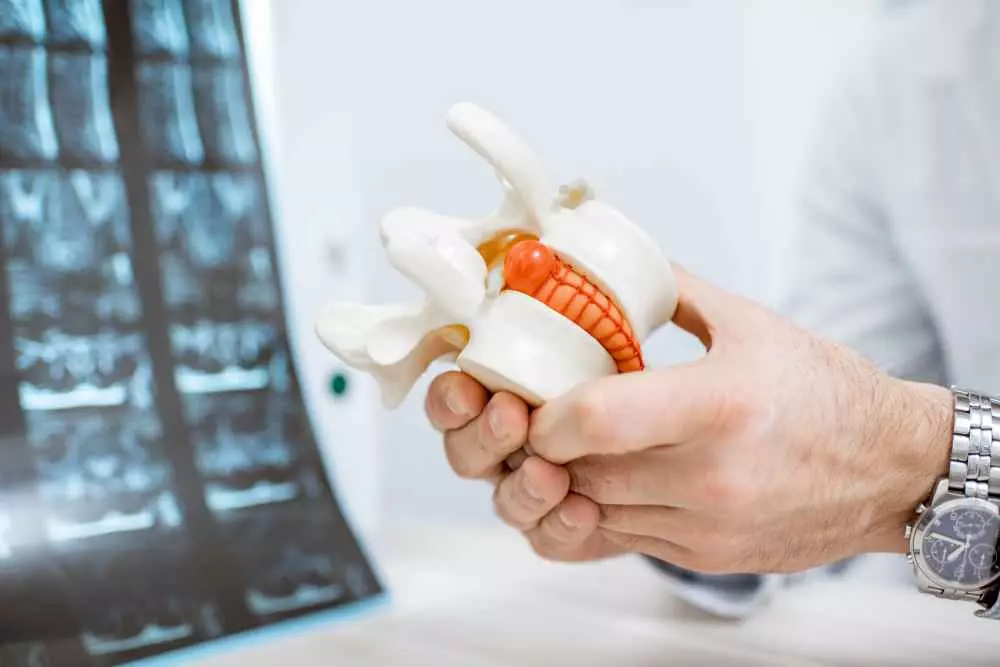Introduction to the World of Anatomical Exhibitions
In recent years, anatomical exhibitions have grown in popularity, attracting the attention of not only biology and medical enthusiasts, but also the general public. These unique events offer an extraordinary opportunity to learn about the complexity of the human body and understand its functions in a way that is both educational and intriguing. In this article, we take a look at the various aspects of anatomical exhibitions, their purposes, and how you can prepare for them.
History of Anatomical Exhibitions
Anatomical exhibitions have a history dating back to the 17th century, when the study of the human body began to be conducted in a more systematic way. Over the centuries, anatomy has become a key discipline for scientists and medics, as well as an inspiration for artists. In the 20th century, thanks to advances in technology, exhibitions began to use modern methods of presentation that revolutionized the way we view anatomy.
Sensory Experience
One of the most important aspects of anatomy exhibitions is that they offer a multi-sensory experience. Through the use of multimedia presentations, interactive stations and various forms of visualization, participants have the chance to see, hear and touch things that are normally only available in laboratories or operating rooms. This approach makes knowledge more accessible and understandable to everyone.
Understanding the Human Body
Anatomical exhibits offer deep insights into the structure and function of the human body. Participants can learn about a variety of systems, such as the circulatory, respiratory and nervous systems. These types of exhibitions often show biodegradable models and real slides, allowing for a better understanding of live anatomy.
Education and Presentation
Education is the main goal of anatomy exhibitions. The organizers strive to provide participants not only with information, but also with tools for self-discovery of knowledge. Through lectures, workshops and interactive panels, exhibitions become not only a place of discovery, but also a platform for learning. In addition, exhibitors often collaborate with academic staff, which contributes to the high level of content of the presentations.
Anatomical Exhibitions Around the World
There are numerous anatomy exhibitions around the world. Some of the most popular are Body Worlds, which has gained international recognition for its innovative approach to presenting the human body, and Anatomy 4D, which uses interactive technology to teach about anatomy. Each of these exhibitions brings something unique to enrich the experience of participants.
Preparing for the Exhibition
Before visiting an anatomy exhibition, it's a good idea to prepare well. Here are some tips that can help you get the most out of the experience:
Research the topic - Find out what anatomical systems will be on display and what topics will be covered. Understanding the topic beforehand will help you absorb the information better.Check the availability of educational materials - Some exhibitions offer books or brochures that you can take with you. Sometimes it's also a good idea to look at the information available online.Current events - It's worth checking for additional lectures or presentations during your visit. Such events often add to the educational value of an exhibition.Applications
Anatomical exhibitions are a fascinating way to explore the mysteries of the human body. Thanks to the variety of presentation forms and the use of modern technology, participants are likely to have an unforgettable experience. The education offered by these exhibitions is aimed at increasing health awareness and understanding of the processes operating in our bodies. Regardless of the level of knowledge, there is something for everyone, and visits to the exhibitions can inspire further exploration of the mysteries of anatomy.
